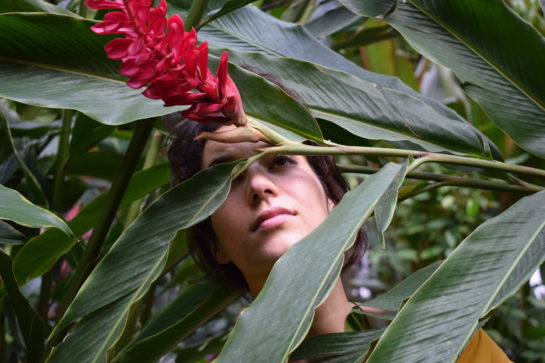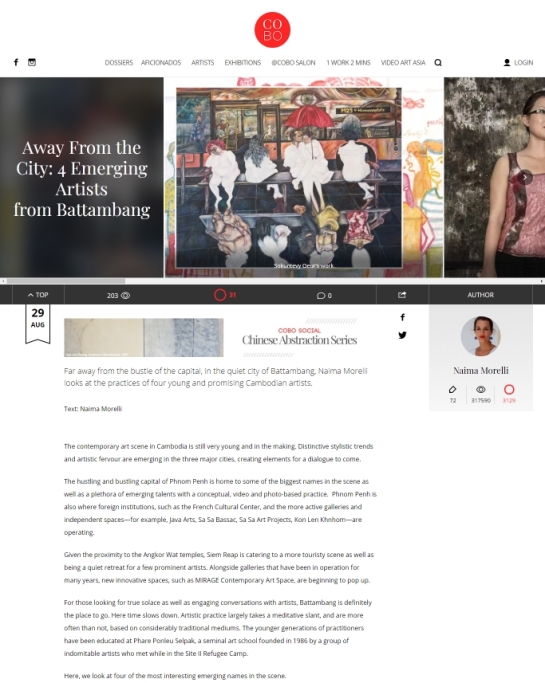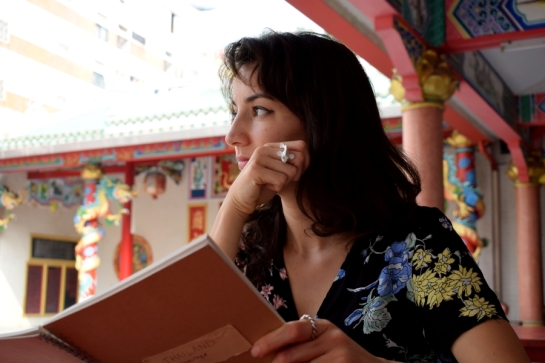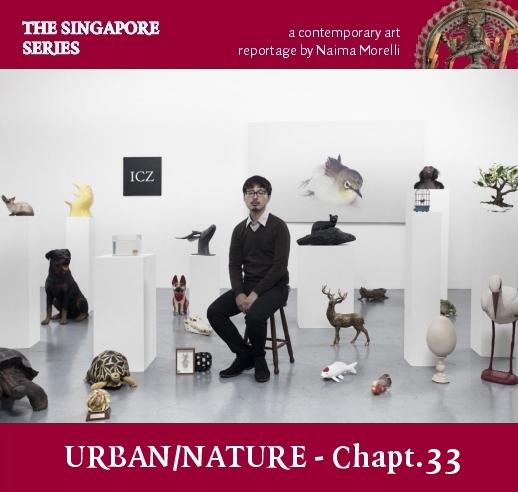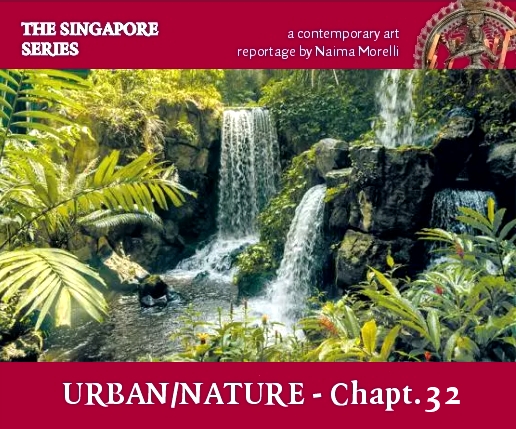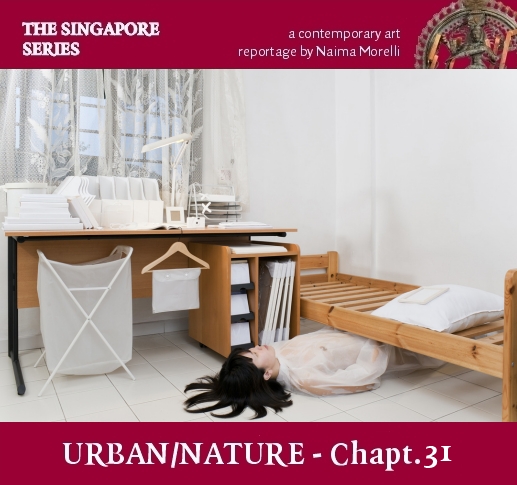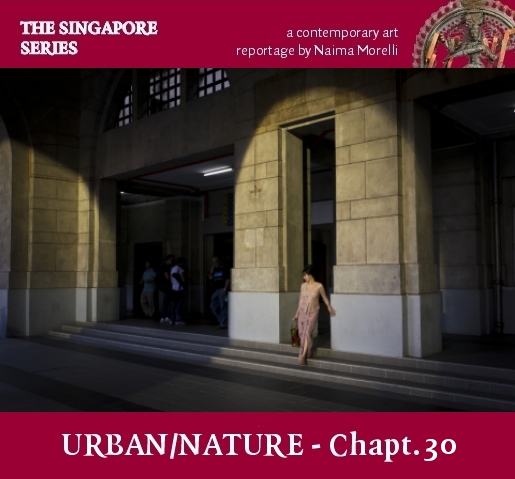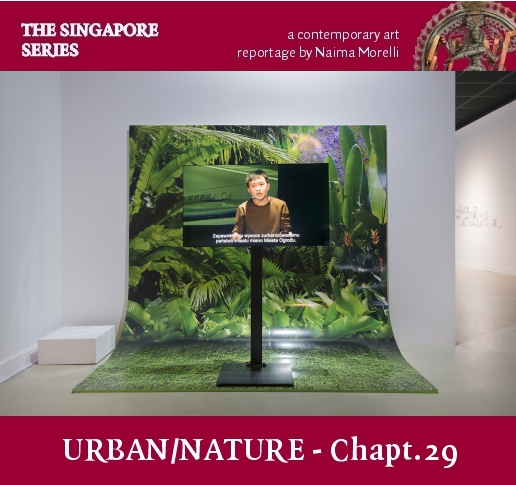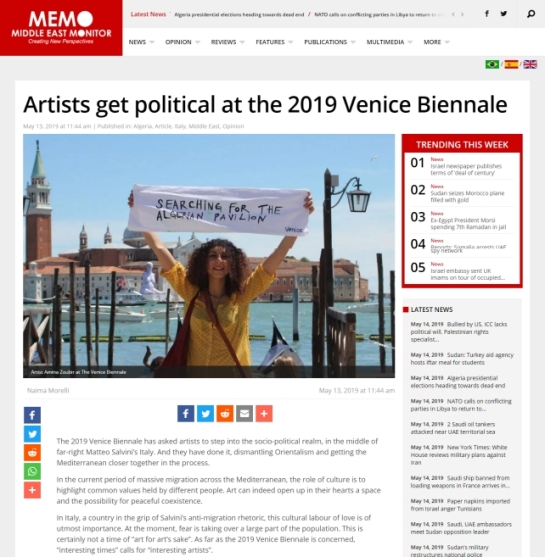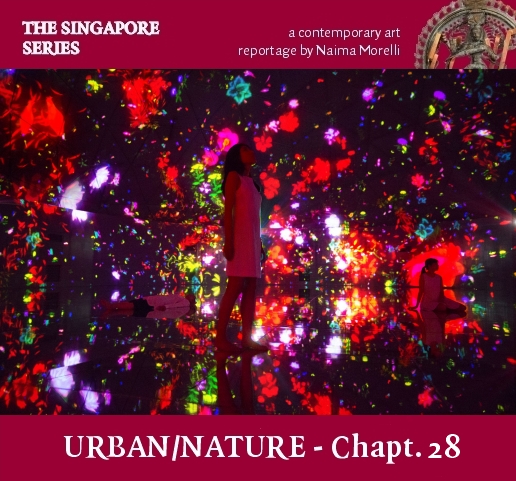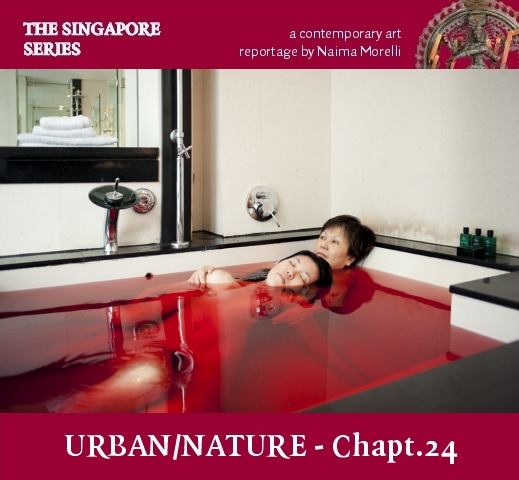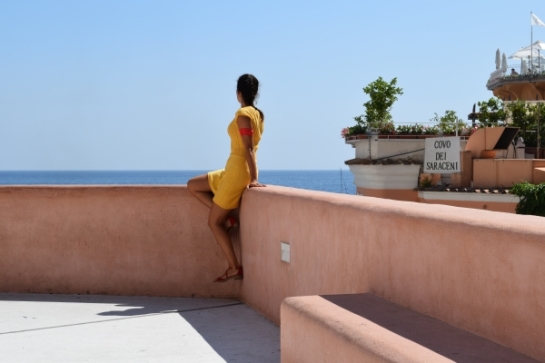
These days I’m filled with love for the world.
Summer leaves are lighten up by the sun and look like emeralds. They have this love effect. Happy movement and endorphins have this love effect. So has making new friends. Rediscovering the old ones. By whatever means connection with what’s around me happens, that’s where the gold is. Noticing the beauty all around me.
These days, every time I go “off-track”, I “derail”, there is a sentence that pops always in my mind, sorting things out. The words are: “You think you have many different problems, but you only have one: your disconnection for Love (from Life, from God, from Source, from the Nature of Existence, whatever you want to call it.)
This happens to us when we are in pain, of course. But in pain — especially in pain — there is labour of love to do. We are called to action. And when I remember this words, I have a choice. Knowing that pain is inevitable but suffering is optional, I can either stay in the self-made hell, in the suffering — whether psychological or physical — or work towards mending the wounds.
Read More
